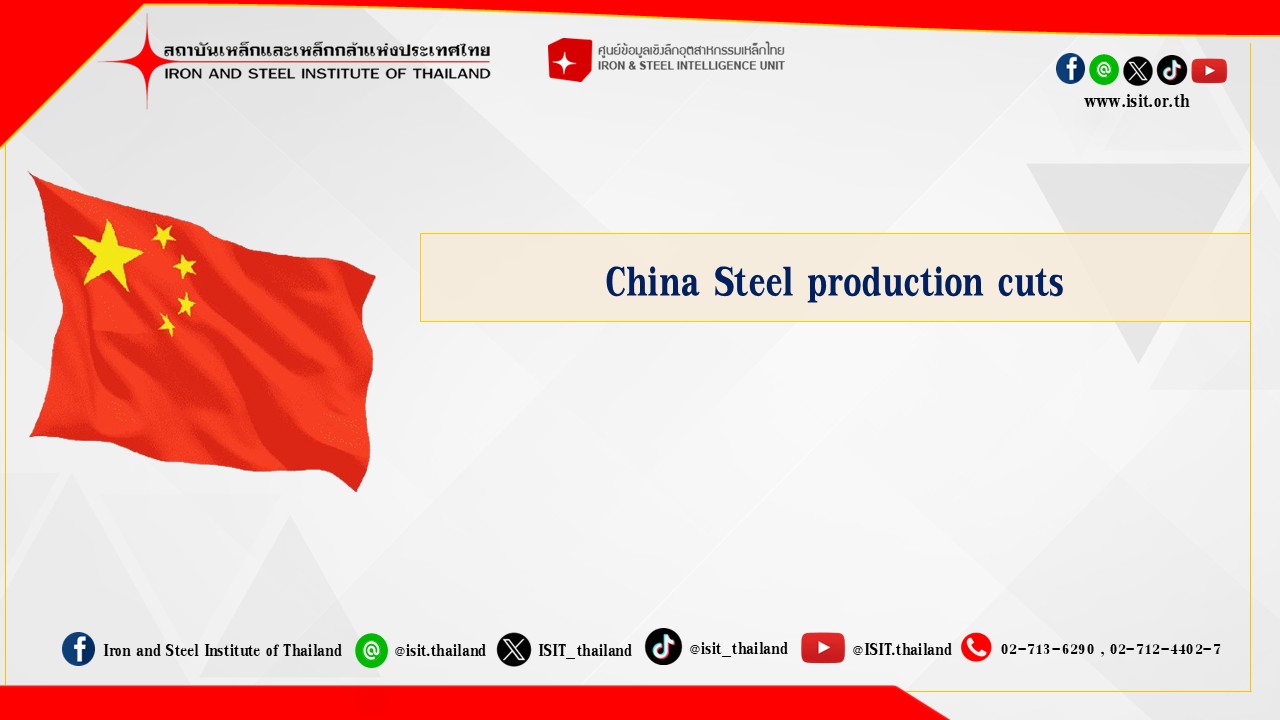
While some mills in eastern China have recently received orders from local governments to reduce steel production, they have yet to implement any reductions, as they are currently enjoying healthy profit margins, according to market sources.
Domestic profit margins for hot-rolled coil and rebar in China were above Yuan 200/mt ($27.8/mt). As a result, the average utilization rate at China’s blast furnaces reached 90% in early August.
Mill sources indicated that China’s pig iron and crude steel output could decline in August compared with July due to the low-demand season. However, steel prices may not rise, as demand from the construction and manufacturing sectors is expected to decrease amid hot weather conditions.
“Steel mills’ profit margins are generally good at present, so the decline in crude steel production in August could be modest,” said a trading source.
“More steel mills across China should receive government mandated annual steel output cut orders soon. However, my understanding is that, as long as steel mills are making profits, mandatory production cuts may not be strictly enforced.
China may gradually reduce its pig iron and steel capacity through industry consolidation and higher environmental costs, but this is a long-term process that cannot be achieved in a year or two.
Market sources said that following years of capacity swaps since 2018, there is no longer any so-called “outdated” capacity in the steel industry. This will make reducing steel capacity even more complex.
The Chinese domestic HRC price fell to Yuan 3,470/mt ($483/mt), and rebar declined to Yuan 3,220/mt on Aug. 5, after hitting year-to-date highs of Yuan 3,510/mt and Yuan 3,320/mt, respectively, on July 30, according to Platts data.
---- S&P Global Commodity Insights